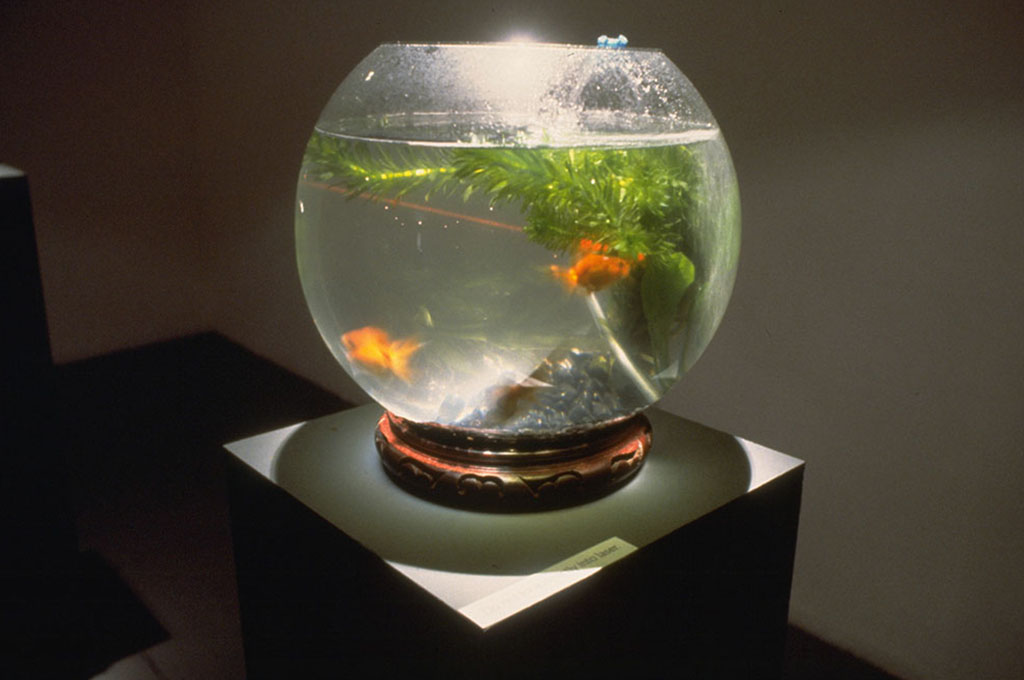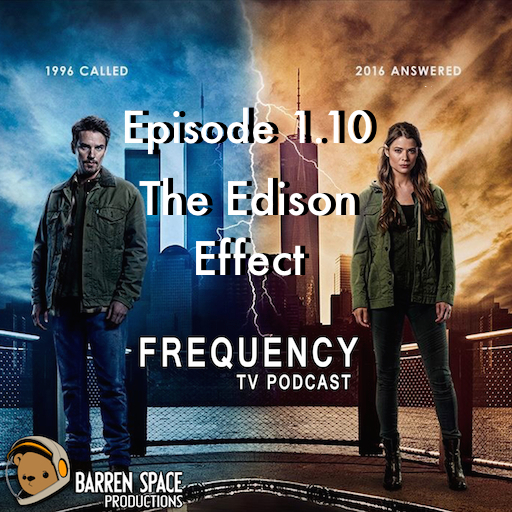

Tesla believed that alternating current (or AC) was the solution to this problem. Direct current is not easily converted to higher or lower voltages.

During the early years of electricity, direct current (shorthanded as DC) was the standard in the U.S.īut there was one problem. Starting in the late 1880s, Thomas Edison and Nikola Tesla were embroiled in a battle now known as the War of the Currents.Įdison developed direct current - current that runs continually in a single direction, like in a battery or a fuel cell. Send us your questions on Twitter, Facebook and Google+ using #GridWeek. We’ll be hosting a Twitter chat on How the Grid Works on Thursday November 20 at 2 PM EDT. We’re highlighting our efforts to maintain a reliable, resilient and secure electric grid across the country, and what that means for you. The intensity of people’s positive emotions should not be ignored, but should be studied in combination with the time-course (frequency and duration) of positive and negative feelings.It’s #GridWeek on. Another hypothesis is that it is more difficult to accurately measure the intensity of feelings than their time-course, and this makes the amount of time people feel positive more amenable to study with self-report methods. Intense positive feelings often have costs, including a tendency to more intense negative feelings in negative situations.

We hypothesize that there are several reasons that subjective well-being is more strongly associated with the amount of time people feel positive versus negative feelings rather than with the intensity of their positive feelings. People who rarely or never feel euphoria, for instance, can nonetheless report very high levels of well-being. In this chapter we suggest that “happiness,” or high subjective wellbeing, is more strongly associated with the frequency and duration of people’s positive feelings, not with the intensity of those feelings.


 0 kommentar(er)
0 kommentar(er)
